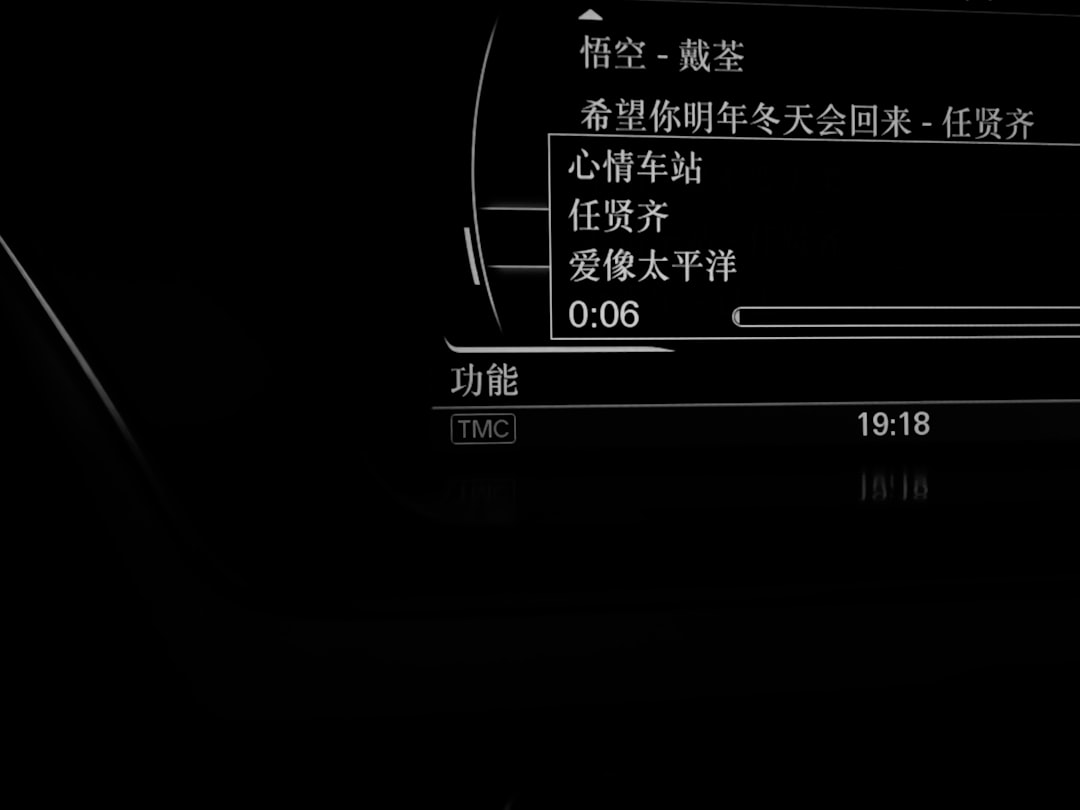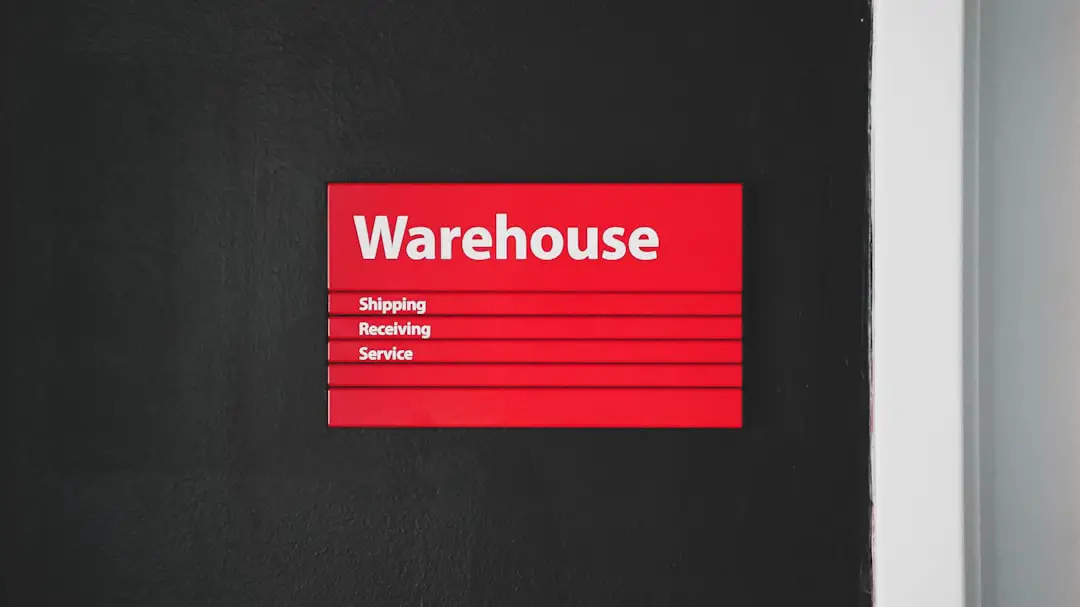In the fast-paced world of ecommerce, instant communication is key. As consumer attention spans shorten and inboxes get crowded, SMS marketing has emerged as a game-changing channel for online retailers. It offers businesses a direct, personal, and incredibly effective way to reach their customers. With open rates as high as 98%, SMS marketing isn’t a trend—it’s a necessity.
To make the most out of SMS marketing, ecommerce brands need the right tools and strategies. With so many platforms available on the market, choosing the best fit can be overwhelming. In this article, we’ll dive into the top SMS marketing tools for ecommerce and share expert tips on how to use them effectively to grow your brand, improve conversions, and enhance customer loyalty.
1. Klaviyo SMS
Klaviyo is a well-known player in the ecommerce marketing space, famous for its powerful email marketing capabilities. It now also offers robust SMS features seamlessly integrated with email campaigns. Klaviyo’s tight integration with platforms like Shopify, BigCommerce, and WooCommerce makes it an excellent choice for ecommerce brands.
Key Features:
- Segmentation based on customer behavior
- Automated SMS flows and triggered responses
- Pre-built templates and A/B testing
- Analytics and ROI tracking
How to Use Effectively:
Use Klaviyo to create unified email and SMS journeys. For example, send an SMS reminder if a cart is abandoned and the customer doesn’t open the recovery email. Combine segmentation with personalized follow-ups to drive conversions.
2. Postscript
Postscript is built exclusively for SMS marketing, designed to integrate effortlessly with Shopify. It allows ecommerce stores to create personalized and timely messaging campaigns that drive action and revenue.
Key Features:
- Deep Shopify integration
- One-off and automated campaigns
- Real-time conversation tools
- Compliance support for TCPA and GDPR
How to Use Effectively:
Postscript excels in customer engagement. Use its triggers to automatically send SMS messages after specific user actions—like signing up, placing an order, or viewing a product. You can also enable two-way messaging to provide instant customer support via text.

3. SMSBump (by Yotpo)
SMSBump offers a feature-rich SMS platform tailored for ecommerce stores, especially those using Shopify. With Yotpo’s acquisition, it aligns with other customer experience tools like reviews and loyalty programs to drive even more impact.
Key Features:
- Automated SMS flows and campaigns
- Personalized messages with customer data integration
- Built-in compliance management
- Advanced analytics dashboard
How to Use Effectively:
Combine SMSBump with Yotpo’s reviews and loyalty features to boost your campaigns. For instance, follow up a purchase with an SMS review request or send reward point updates via text to increase engagement.
4. Attentive
Attentive is a fast-growing SMS marketing platform used by hundreds of leading ecommerce brands. It focuses on personalized SMS messaging and data-driven campaigns that are both scalable and compliant.
Key Features:
- Smart audience segmentation
- Sign-up units for mobile visitors
- Behavior-triggered campaigns
- Real-time performance analytics
How to Use Effectively:
Use Attentive’s sign-up popups and keyword opt-ins to build a strong SMS list. Then, segment your audience based on purchase history and intent to send ultra-targeted campaigns, like a price drop alert on a product someone viewed.
5. Omnisend
Omnisend is an omnichannel marketing automation platform that brings SMS, email, and push notifications under one roof. It’s ideal for ecommerce merchants looking to streamline their messaging across multiple platforms.
Key Features:
- Pre-built SMS workflows like cart and browse abandonment
- Unified dashboard for SMS, email, and web push
- Dynamic customer segmenting
- Multichannel campaign performance insights
How to Use Effectively:
Use Omnisend’s multichannel automation to trigger SMS messages when email open rates are low. For instance, if an email campaign goes unopened for 24 hours, automatically follow up with a concise, compelling SMS.

Best Practices for Effective SMS Marketing
Regardless of the platform you choose, how you use SMS marketing determines the success of your campaigns. Let’s look at some best practices to make your SMS strategy effective and customer-friendly:
1. Get Explicit Consent
Always make sure customers have opted in to receive messages. Not only is this a legal necessity (TCPA, GDPR, and CAN-SPAM compliance), but it also ensures your messages go to people who actually want them.
2. Keep it Concise
SMS messages are meant to be quick and snappy. Stick to the point and keep your message under 160 characters when possible. Use a clear CTA (call to action), like “Tap to claim your 10% discount.”
3. Timing is Everything
Schedule your messages during appropriate hours—generally between 10 a.m. and 8 p.m. in the recipient’s timezone. Avoid sending too many texts in a short period, as that can annoy customers and lead to unsubscribes.
4. Segment and Personalize
Using customer data to create segmented lists will drastically improve engagement. Send different messages based on purchase history, browsing behavior, geographic location, or loyalty tier.
5. Use Automation
One of the biggest advantages of SMS marketing platforms is the ability to automate workflows. Set up triggered messages for different customer actions like welcome series, abandoned carts, order confirmations, and shipping updates.
6. Track and Optimize
All tools listed above offer performance monitoring dashboards. Keep track of metrics like delivery rate, open rate, click-through rate, and conversion rate. Use A/B testing to refine your messaging over time.
Real-World Examples of SMS Marketing Success
Let’s look at how some ecommerce brands are using SMS marketing platforms to great effect:
- Brooklinen uses Attentive to send cart abandonment reminders and promotional offers, achieving CTRs exceeding those from email.
- Blenders Eyewear implemented Postscript and saw SMS revenue grow to 30% of their total ecommerce sales within a few months.
- Hawkers uses Omnisend to integrate web push and SMS in seamless promotional journeys, increasing customer retention significantly.
Conclusion
SMS marketing offers ecommerce businesses a high-converting, direct line to their customers. With open rates far surpassing email and the ability to create tailored, automated campaigns, SMS is a must-have for any modern ecommerce strategy.
Whether you choose Klaviyo, Postscript, or Omnisend, the key to successful SMS marketing lies in using the right features—from segmentation and automation to compliance and analytics—and applying them strategically. With the proper execution, SMS can be your ecommerce brand’s secret weapon for boosting engagement, loyalty, and revenue.
